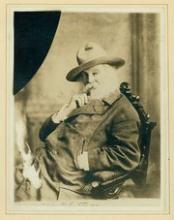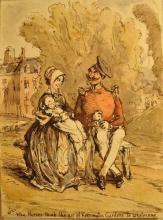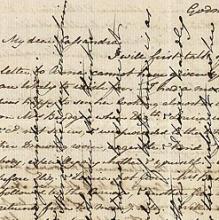Celebrating Banned Books Week with a look at Walt Whitman
Submitted by Carolyn Vega on Fri, 10/01/2010 - 3:22pmLeaves of Grass has been described as "shocking," "too sensual," and "trashy, profane and obscene." Yale University President Noah Porter compared it to "walking naked through the streets," and an early British reviewer suggested that one "throw it immediately behind the fire." First published in 1855, it was effectively banned in Boston nearly 30 years later, when district attorney Oliver Stevens demanded that some poems (such as "Song of Myself," "I Sing the Body Electric," and "To a Common Prostitute") be removed because of their pornographic nature. Whitman refused to alter his work and was forced to find a new publisher. When he did, the first printing of the new edition sold out in a single day.










